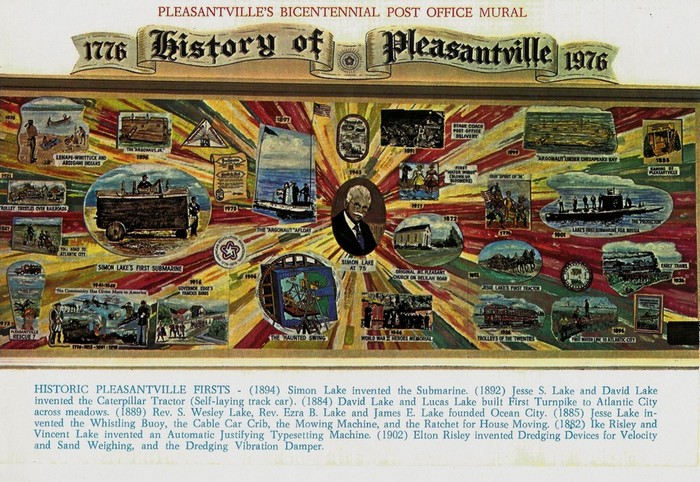For easier reading , and to help people find this information better through search on the internet, I decided to not only include the scanned article but also type it out for you.
In 1898, immediately after the Spanish-American War, Simon Lake made the first successful open-sea voyage in a submarine boat. On the occasion his submersible, the Argonaut --launched at Baltimore in 1897--traveled from Norfolk, Va., to New York, running along the bottom of the sea for many miles of the voyage.
Jules Verne, the famous author of "Twenty Thousand Leagues Under The Sea," celebrated this historical occurrence on August 21, 1898, by sending the following cablegram to Mr Lake:
"While by book, 'Twenty Thousand Leagues Under the Sea,' is entirely a work of the imagination, my conviction is that all I said in it will come to pass.
"A thousand mile voyage in the Baltimore submarine boat is evidence of this. This conspicuous success of submarine navigation in the United States will push on underwater navigation all over the world.
"If such a successful test had come a few months earlier it might have played a great part in the war just closed.
"The next great war may be largely a contest between submarine boats. I think electricity rather than compressed air will be the motive power in such vessels, for the sea is full of this element: it's only waiting to be harnessed as steam has been. It will not be necessary to go to the land for fuel any more than for provisions. The sea will provide food for many and power without limit.
"Submarine navigation is now ahead of aerial navigation and will advance much faster from now on. Before the United States gains her full development, she is likely to have mighty navies not only on the bosom of the Atlantic and Pacific, but in the upper air and beneath the water's surface. "


























